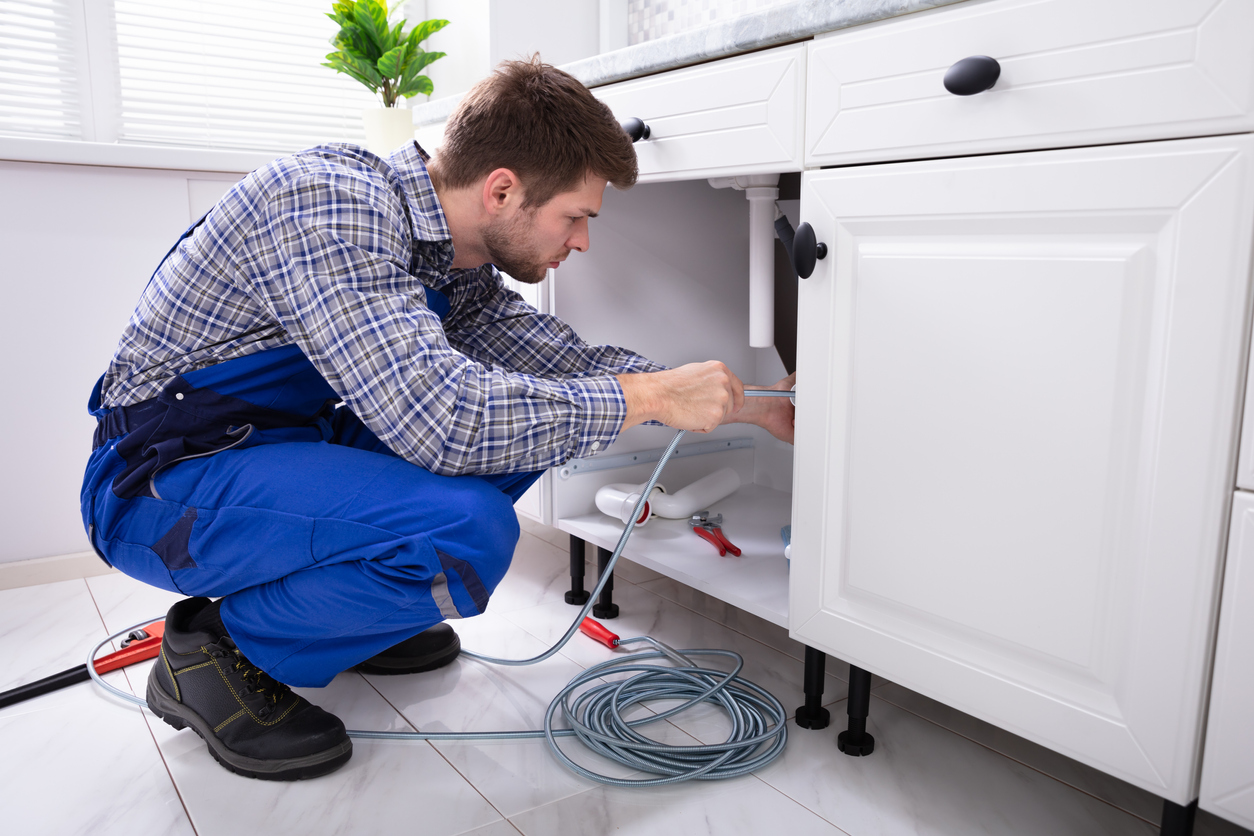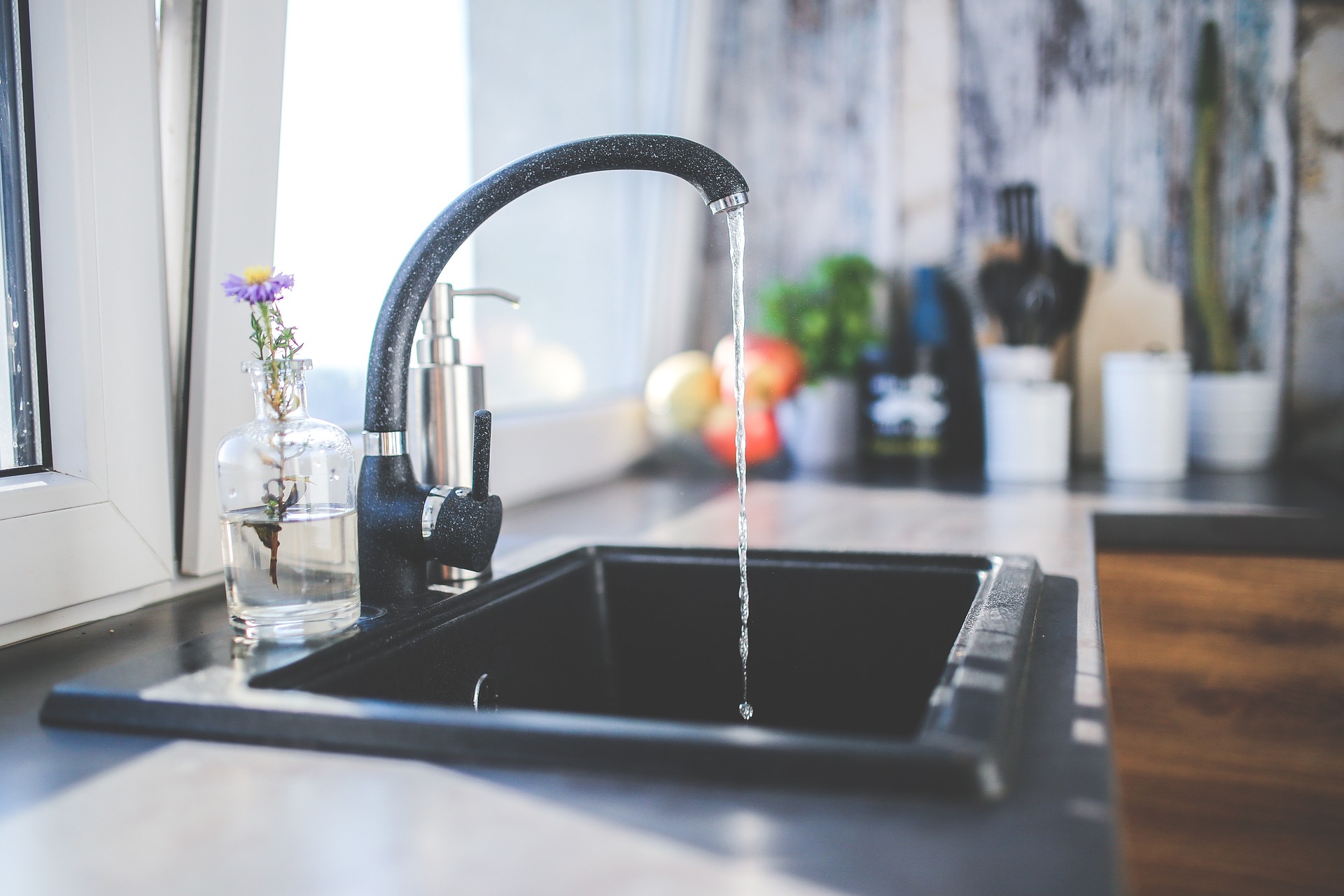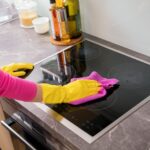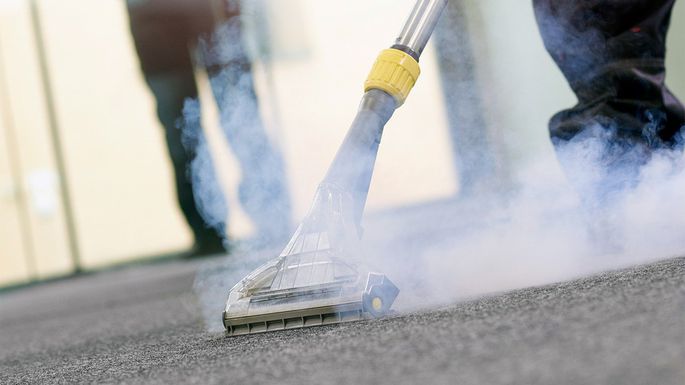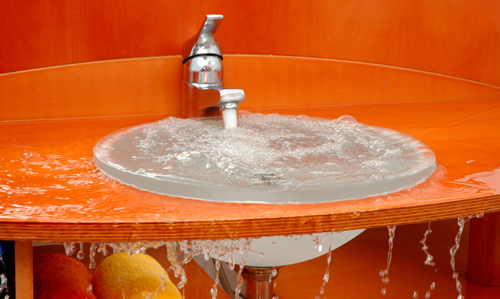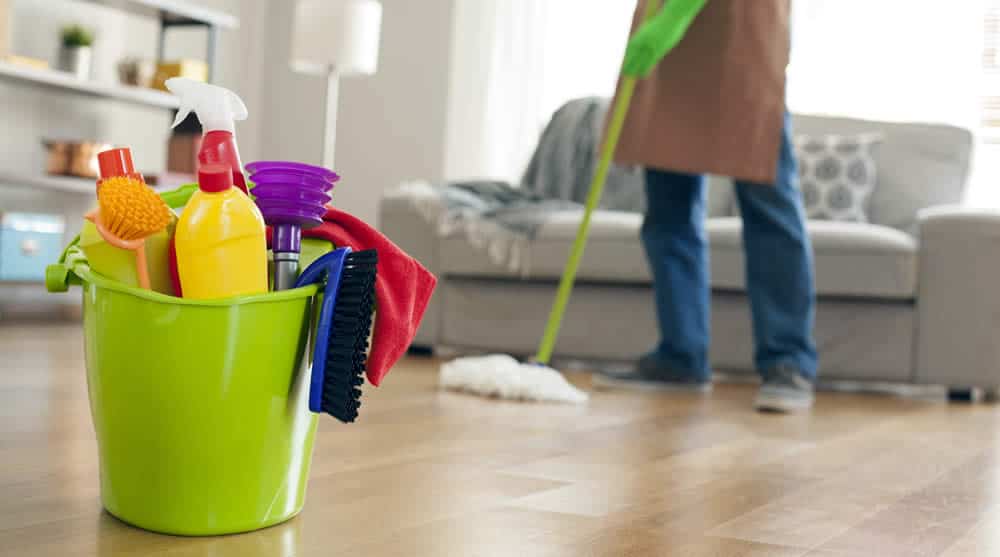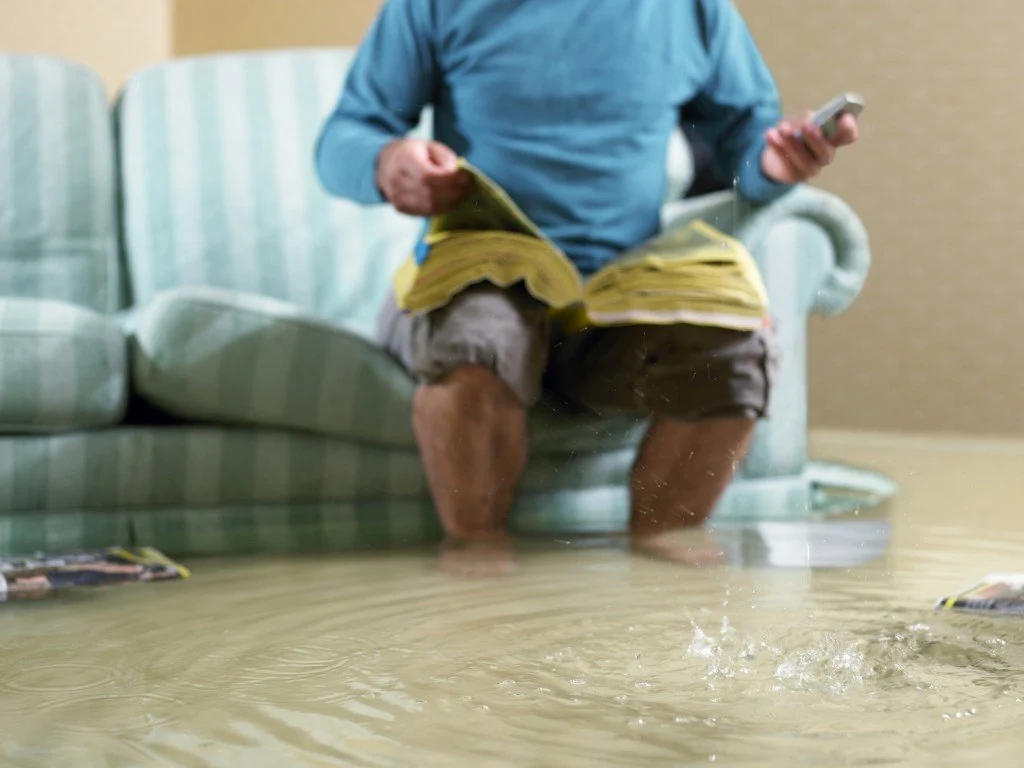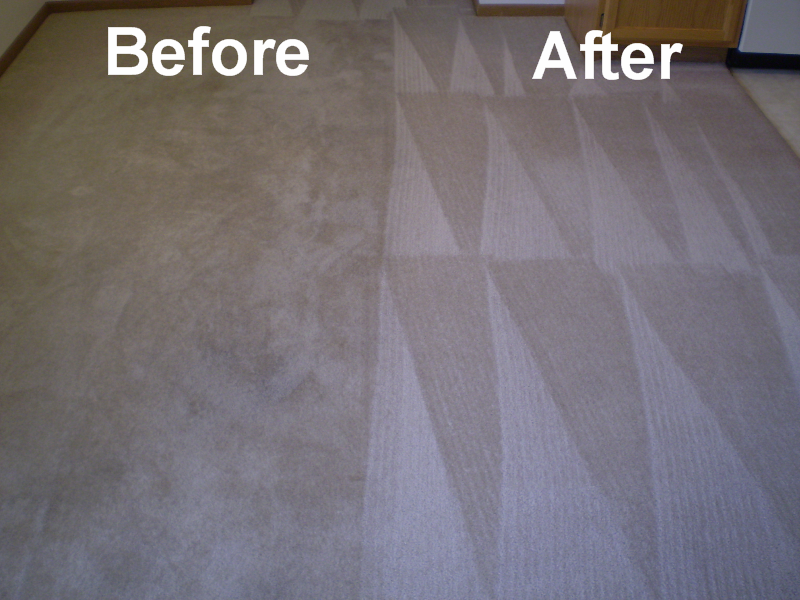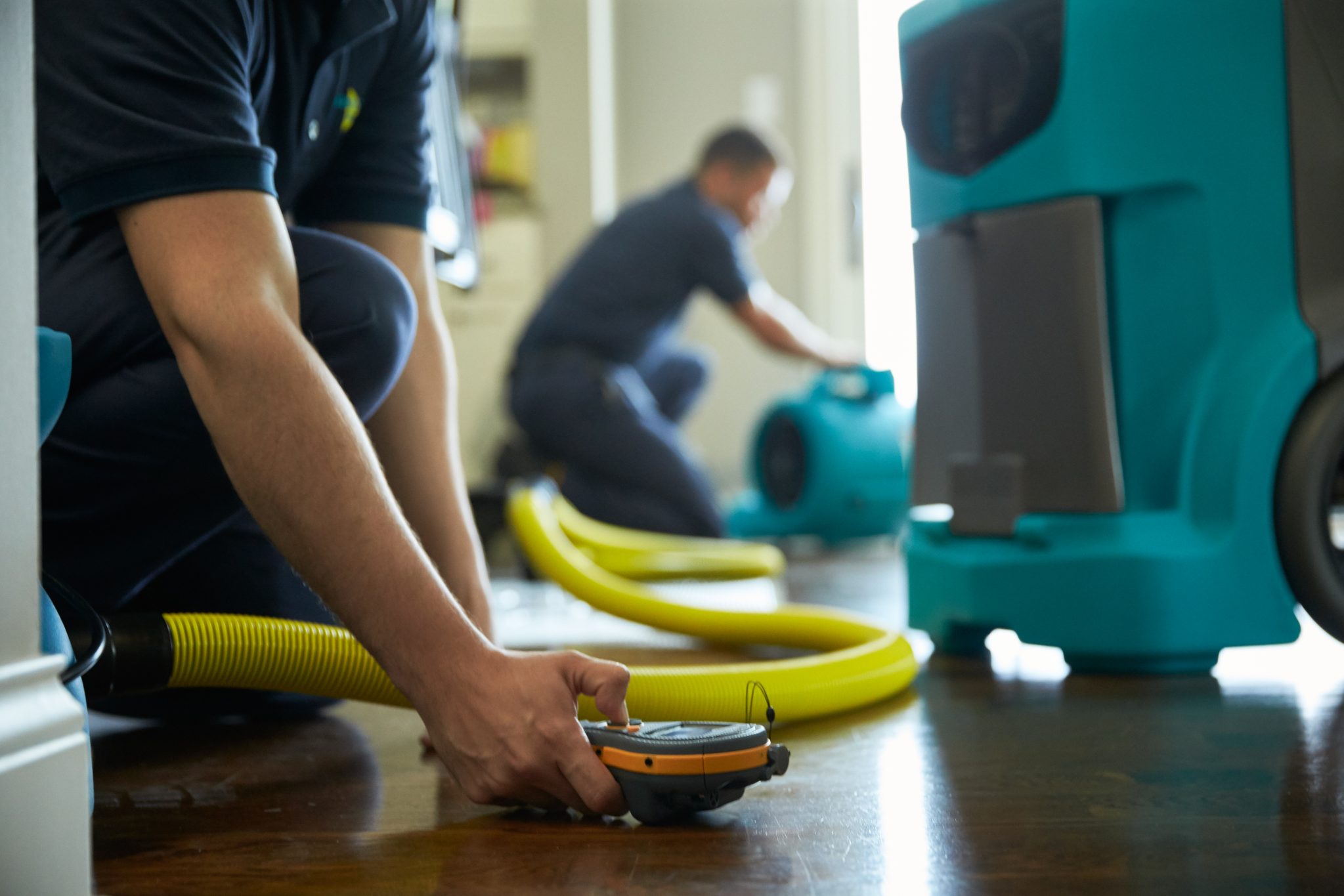Keeping Your Drains Clear: Tips from Drain Cleaning Experts
Clogged drains can be a real headache for homeowners. They disrupt your daily routine and can lead to unpleasant odors and even water damage if left unattended. Thankfully, there are several ways to tackle this common household problem, ranging from DIY methods to professional plumbing services.
In this blog post, we’ll explore the various methods for drain cleaning, including insights from drain cleaning experts at Simpson Plumbing in Tracy, California. Whether you’re dealing with a minor inconvenience or a major blockage, we’ve got you covered.
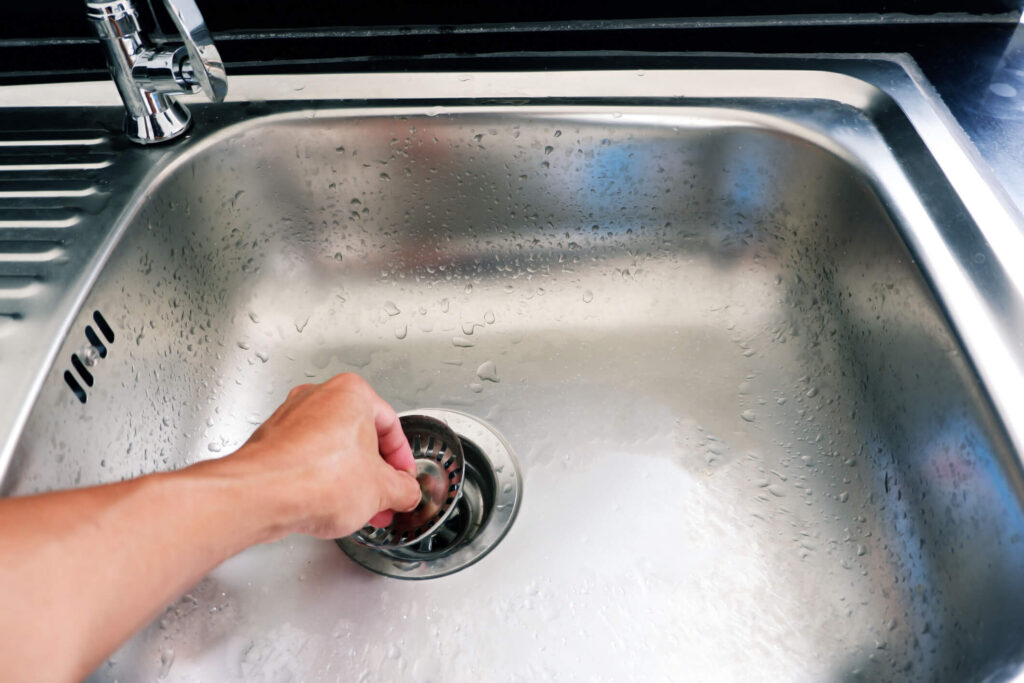
Content
1. Baking Soda and Vinegar
One of the most common DIY methods for drain cleaning is the use of baking soda and vinegar. This natural solution can be quite effective for minor clogs. To try this method, simply follow these steps:
- Pour a cup of baking soda down the drain.
- Follow it with a cup of vinegar.
- Wait for a few minutes for the chemical reaction to occur. You’ll hear a satisfying fizzing sound.
- Finally, flush the drain with boiling water.
According to drain cleaning experts, this method can work well for soft blockages caused by grease, soap scum, or hair. However, it may not be as effective for tougher, more stubborn clogs.
2. Biological Cleaners
For those looking for a safer and more eco-friendly approach to drain cleaning, biological cleaners are an excellent option. Enzymatic or bacterial drain cleaners can be poured down the drain and left overnight to dissolve organic materials.
These cleaners work gradually but are less harsh on your plumbing and the environment compared to chemical cleaners.
Bio cleaners are an ideal choice for those who want to maintain clean and odor-free drains over the long term. Regular use can help prevent clogs from forming in the first place.
3. Manual Drain Snake
If you’re feeling handy and have a bit of DIY experience, a manual or electric drain snake can be a useful tool. You can find these at your local hardware store.
However, it’s essential to exercise caution when using this method, as improper use can damage your pipes or push the blockage further down.
To use a drain snake:
- Insert the snake into the drain and turn the handle clockwise.
- Keep pushing and turning until you encounter resistance.
- Rotate the snake to break up the clog.
- Gradually pull the snake back out, removing the debris as you go.
While this method can be effective for moderate clogs, it’s not recommended for beginners or for severe blockages.
4. Hydro Jetting
For the most stubborn clogs and blockages, it’s best to call in the professionals. Hydro jetting is a professional plumbing service offered by experts like Simpson Plumbing in Tracy, California. This method uses high-pressure water to blast away blockages and buildup in the drain, leaving your pipes clean and clear.
Hydro jetting is highly effective and less likely to damage your plumbing compared to a manual drain snake. It’s the go-to solution for severe blockages and is often recommended as a preventative measure to keep your plumbing in excellent condition.
Conclusion
Drain cleaning is a necessary part of home maintenance. Whether you choose to go the DIY route with baking soda and vinegar, opt for biological cleaners, or seek professional help with hydro jetting, keeping your drains clear is essential. Regular maintenance can help prevent clogs and ensure your plumbing remains in good condition.
If you’re experiencing slow-draining sinks or other signs of a clogged drain, don’t hesitate to call a professional plumber. Drain cleaning experts such as Simpson Plumbing have the knowledge and tools to diagnose and fix the issue promptly. Don’t let clogged drains disrupt your life – take action today to keep your plumbing flowing smoothly.

I am Scott Miller and my love is writing about home improvement. I write mostly about home ideas, but also share some tips and tricks that can make your life easier when it comes to getting things done in the house.


